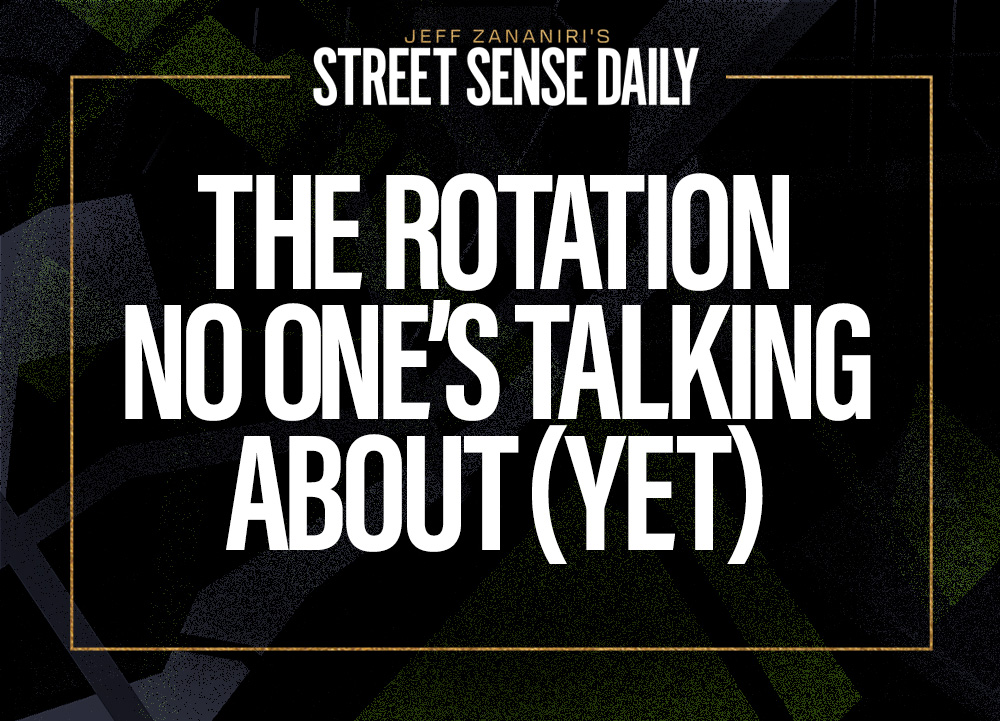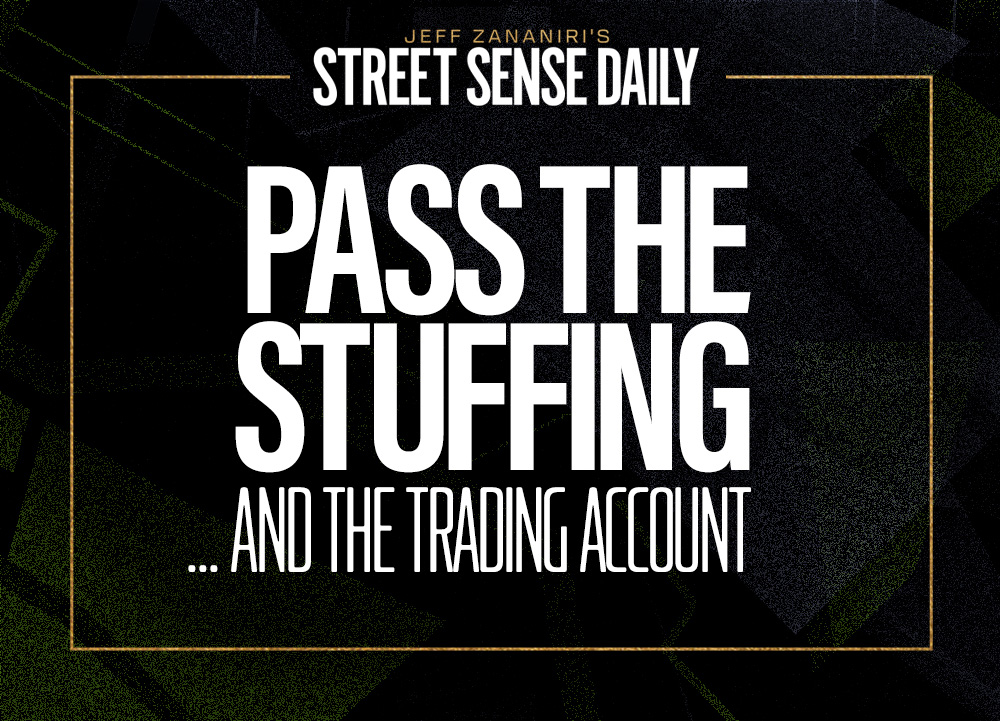If you’ve been glued to headlines lately, you’d think the only thing worth watching is the Fed, with speculation about rate cuts and inflation and bond yields throwing tantrums.
Same old circus, right?
But while everyone’s busy with all the noise, there’s a part of the market that’s quietly setting up for a major move and hardly anyone’s paying attention to it.
I’m talking about small caps.
They’re the stocks that tend to sit on the sidelines while the big boys like Apple and Nvidia hog the spotlight.
But right now they’re not just sitting quietly — they’re coiling.
And if you understand how the pieces are lining up, this could be one of the most attractive spots to fish for opportunity over the next few months.
Here’s how to attack it.
First, the Setup
We’re in the middle of a seasonal weak spot for markets.
Late summer into early fall tends to bring choppy, sloppy price action. Volume drops while headlines get louder and traders get twitchy.
Add to that some serious bond market jitters, with yields bouncing like a toddler on sugar.
Every tick higher in the 10-year Treasury spooks growth traders and gives the algo crowd more fuel to dump risk.
Put those two together and you’ve got a setup that feels heavy.
But here’s where it gets interesting.
Then Comes the Catalyst
The market’s still going back and forth about potential rate cuts, whether they happen this month — the FOMC is scheduled to meet again Sept. 16 and 17 — or possibly in December.
Futures are starting to price it in, but small-caps aren’t.
The Russell 2000 has lagged large caps all year.
Rate-sensitive, credit-sensitive, growth-sensitive — that’s the cocktail small caps drink every day.
So if the market starts to actually believe rate cuts are coming, the names that have been ignored all year are suddenly going to look like discount bins at a clearance sale.
You don’t need small-caps to go to the moon; you just need sentiment to flip. You just need them to get off the floor.
And once they do, the rotation can move fast.
But Watch the Risks
Nothing moves in a straight line. We’ve got two major risks in play here:
- Weak Jobs Data: Next Tuesday, the Bureau of Labor Statistics is expected to revise its job growth estimates way lower as part of an annual benchmark process. Economists are bracing for a downward revision somewhere between 475,000 and 900,000 jobs for the period from April 2024 through March 2025. That’s out of the 1.76 million jobs originally reported.
- Sticky CPI: Inflation’s been cooling, but not in a straight line. One hot print and suddenly the “higher for longer” crowd is back at full volume. (The latest CPI numbers are being released next Thursday.)
Now, here’s where the nuance comes in: Even if those risks hit, they could still end up being bullish for small caps.
Why? Because bad data puts more pressure on the Fed to ease.
If jobs start to weaken or inflation comes down sharply, you’re back in full-blown rate-cut mode, and that’s exactly the kind of macro tailwind small caps love.
It might be messy and noisy, but under the hood, the setup is there.
So, What Do You Do With That?
You don’t chase strength here — you plan for rotation.
Look at beaten-down small-cap names with solid balance sheets, stocks that are cheap relative to earnings and free cash flow. The kind of names that have been sitting in the penalty box all year but aren’t going away.
That’s how opportunity works: It rarely feels obvious in the moment.
But this is how I’ve made a career in this business.
I don’t chase what’s hot. I watch where the crowd isn’t, and I listen for when the tone starts to shift.
And right now, small caps are whispering something most traders haven’t heard yet:
They’re getting ready to wake up.
Stay street smart,
Jeff Zananiri
P.S. Want to see real trades, in real time? This Saturday at noon ET, Aaron Hunziker’s walking through exactly how he’s attacking this market — what he’s trading, why he’s trading it, and how he’s staying ahead of the crowd.
Show up, dial in, and see how the pros get it done.
*Past performance does not indicate future results



